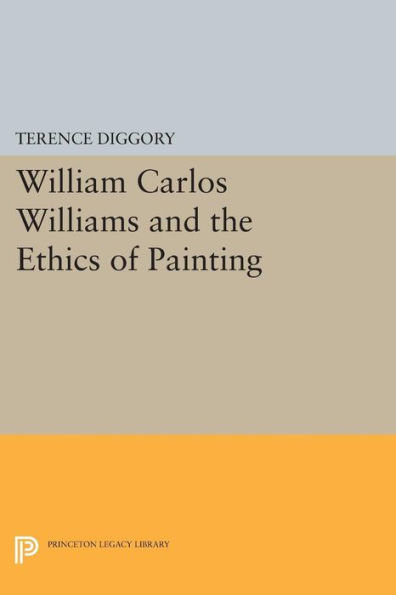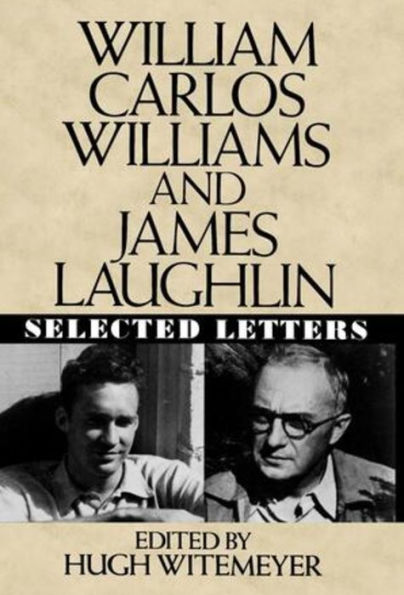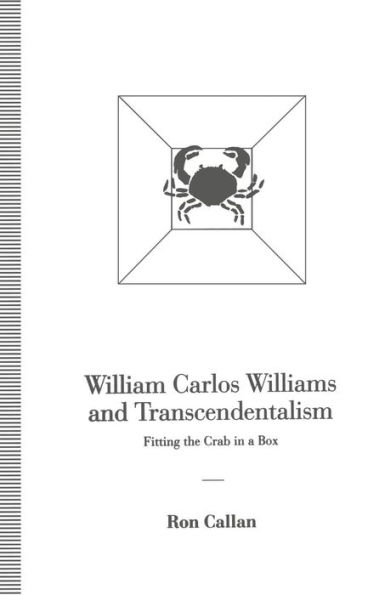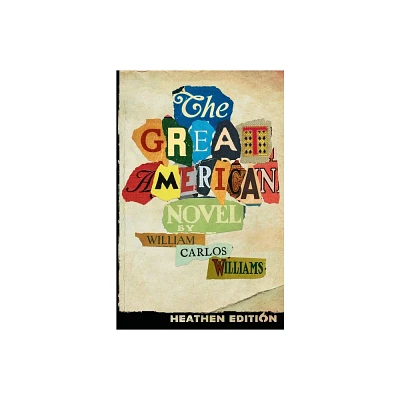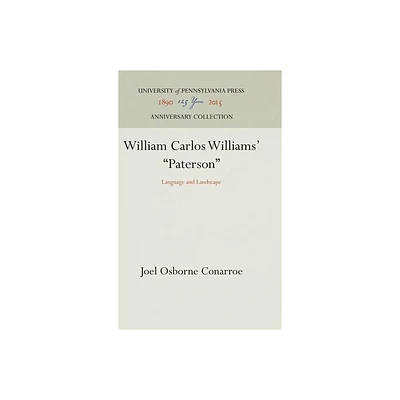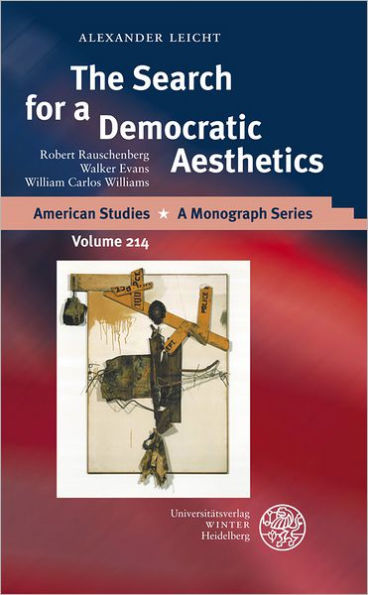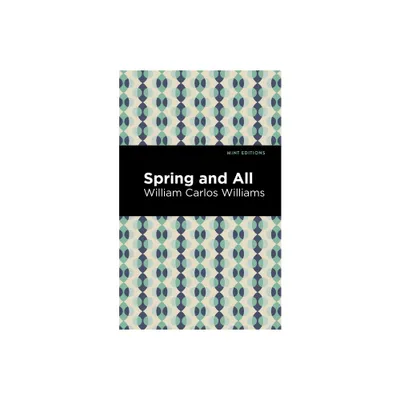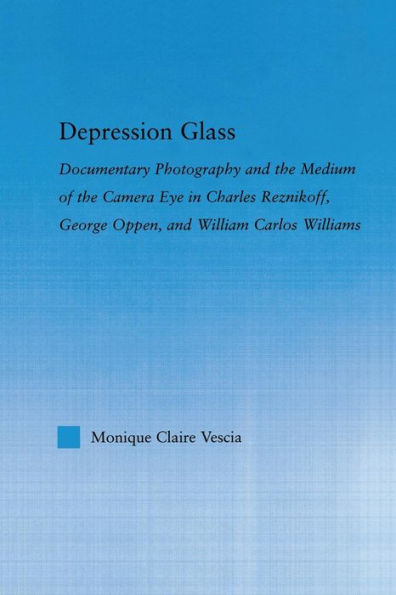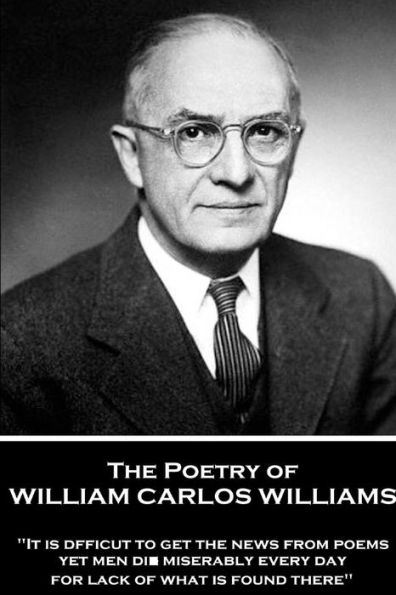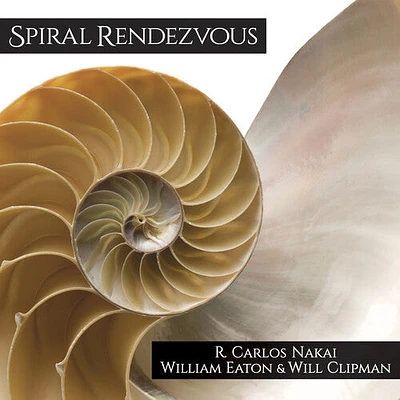Home
The Birth of the Imagination: William Carlos Williams on Form
Loading Inventory...
Barnes and Noble
The Birth of the Imagination: William Carlos Williams on Form
Current price: $59.95
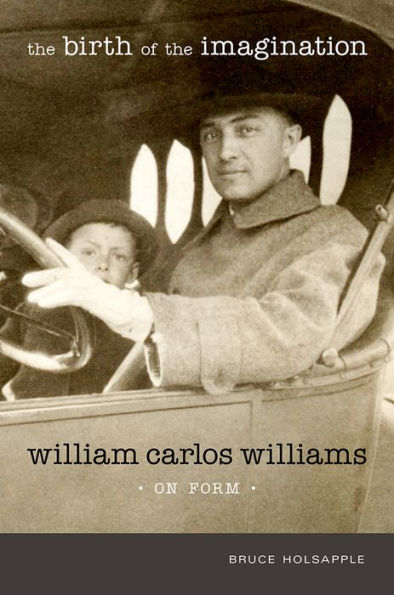

Barnes and Noble
The Birth of the Imagination: William Carlos Williams on Form
Current price: $59.95
Loading Inventory...
Size: OS
*Product Information may vary - to confirm product availability, pricing, and additional information please contact Barnes and Noble
William Carlos Williams first spoke to the issue of form shortly after the publication of "The Wanderer" in 1914his move to vers libre
and didn't stop talking about form until his death in 1963. His poetry shows, decade after decade, persistent formal innovation. Bruce Holsapple's
The Birth of the Imagination
relates the form, structure, and content of Williams's poetry to demonstrate how his formal concerns bear upon the content, namely, how form testifies to a vision that the style verifies. Tracing the development of Williams's work from
Poems
in 1909 through
The Wedge
in 1944, Holsapple aligns emerging aesthetic concepts and procedures with shifts in Williams's writing to disclose how meaning becomes refigured, affecting what the poems "say." While focusing primarily on Williams's experimental works, including the novellas, this innovative study charts how significant features in Williams's poetry result from specific imaginative practices.
and didn't stop talking about form until his death in 1963. His poetry shows, decade after decade, persistent formal innovation. Bruce Holsapple's
The Birth of the Imagination
relates the form, structure, and content of Williams's poetry to demonstrate how his formal concerns bear upon the content, namely, how form testifies to a vision that the style verifies. Tracing the development of Williams's work from
Poems
in 1909 through
The Wedge
in 1944, Holsapple aligns emerging aesthetic concepts and procedures with shifts in Williams's writing to disclose how meaning becomes refigured, affecting what the poems "say." While focusing primarily on Williams's experimental works, including the novellas, this innovative study charts how significant features in Williams's poetry result from specific imaginative practices.
